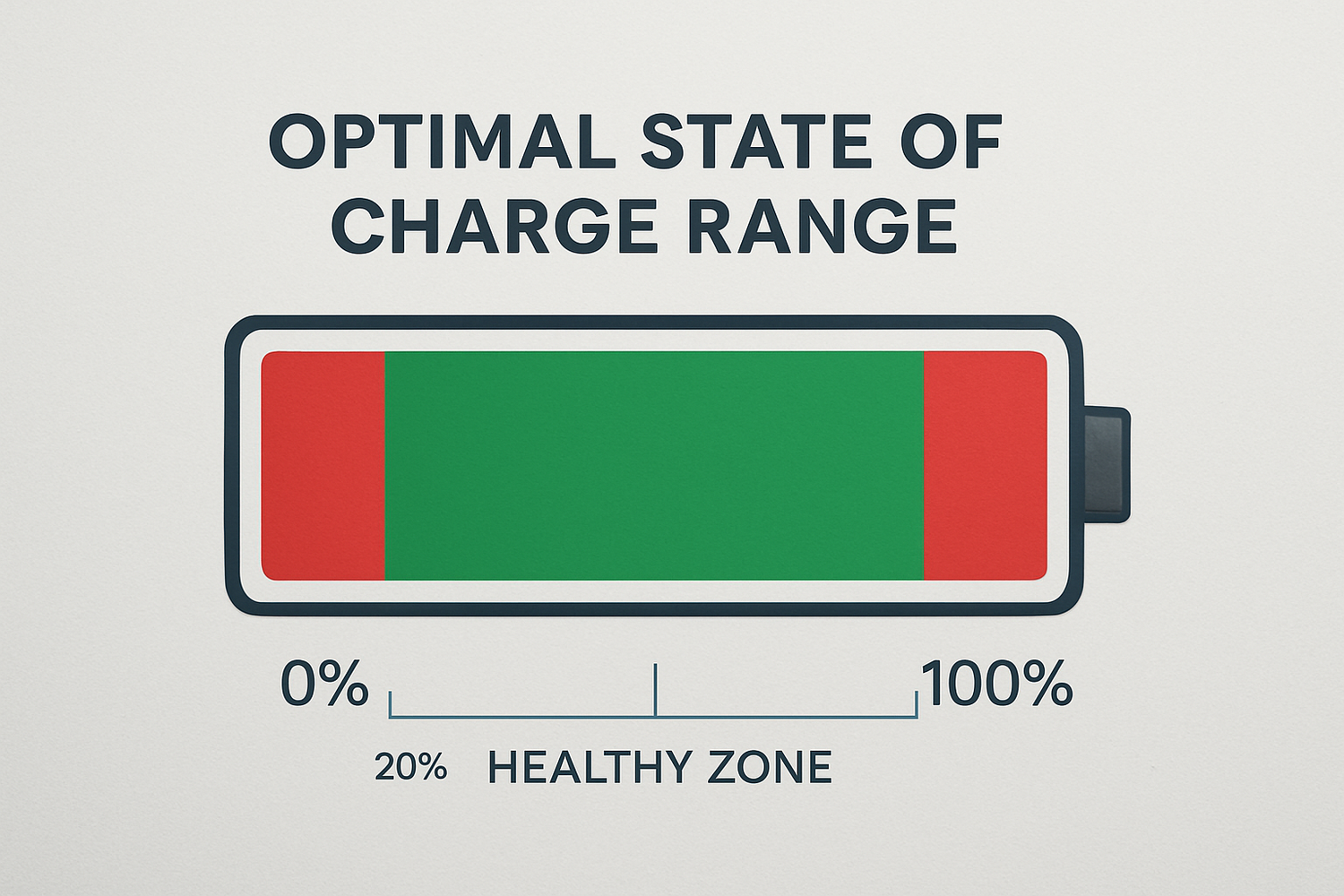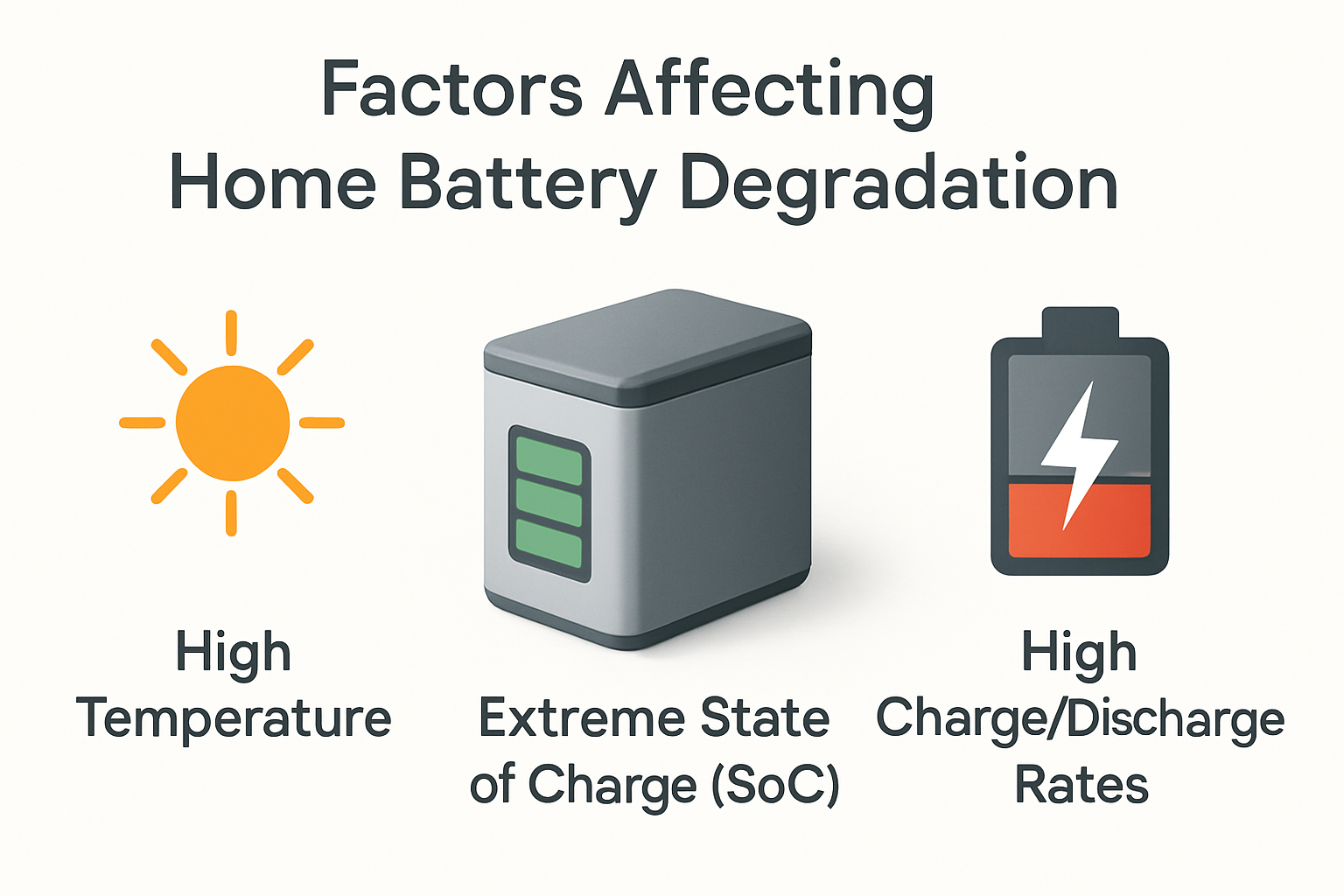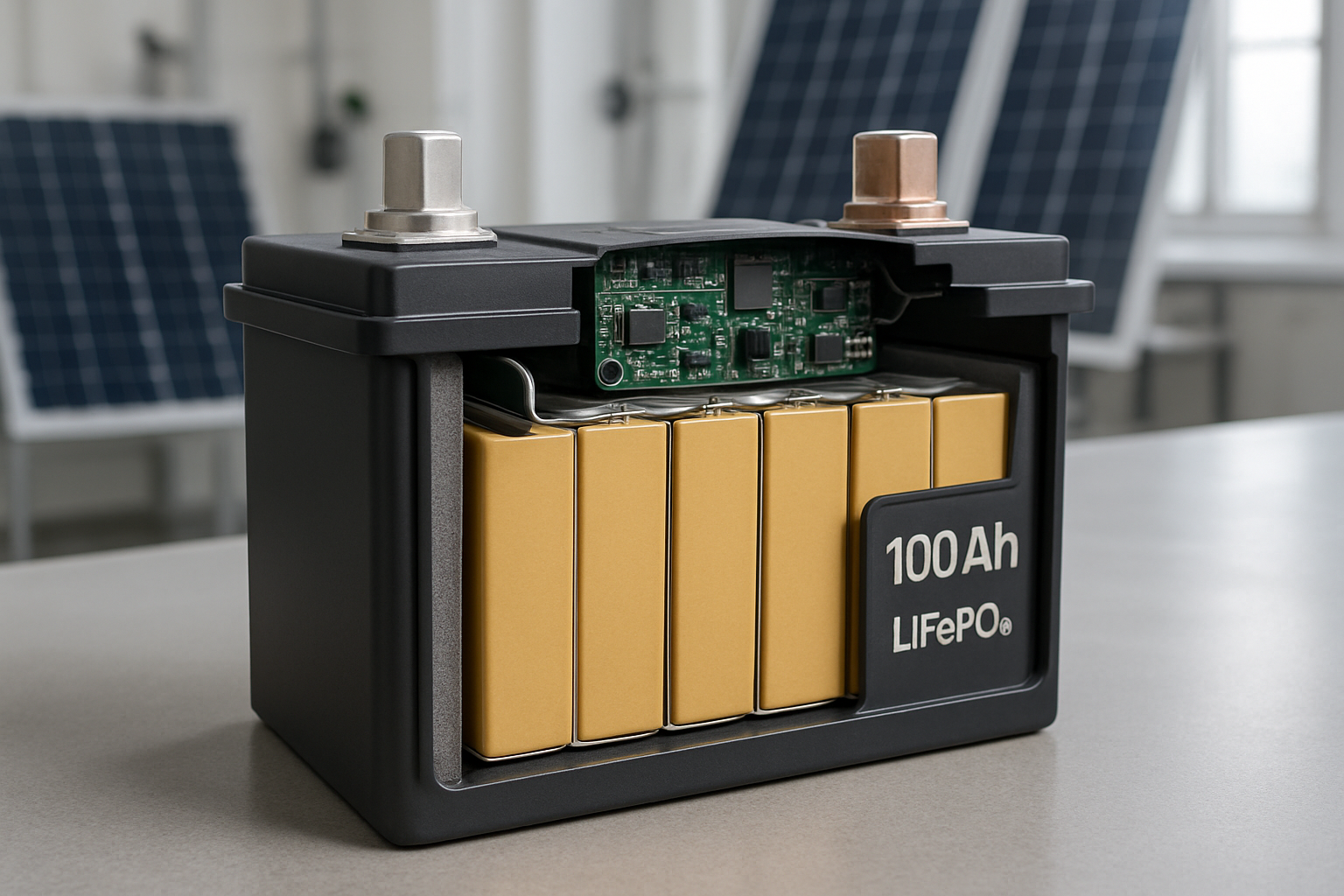Lithium-ion batteries are the cornerstone of modern energy storage, from residential solar systems to large-scale grid applications. As this technology becomes more integrated into our lives, understanding how it ages is critical. The term 'battery degradation' often comes with a cloud of misinformation. This article separates common myths from proven facts to provide a clear picture of what causes lithium battery degradation and how you can prevent it.
Myth 1: You Should Fully Drain a Battery Before Recharging
The Reality of the 'Memory Effect'
The idea of needing to fully discharge a battery comes from older technologies like Nickel-Cadmium (NiCd) batteries. These could suffer from a 'memory effect,' where they would 'forget' their full capacity if repeatedly recharged after being only partially discharged. This concept does not apply to modern lithium-ion chemistries, including Lithium Iron Phosphate (LiFePO4). In fact, applying this outdated practice to a lithium battery is counterproductive and damaging.
Fact: Shallow Discharges Extend Lifespan
Lithium-ion batteries experience stress at extreme states of charge, both high and low. Deeply discharging a battery, or bringing its Depth of Discharge (DoD) close to 100%, puts significant strain on its internal components. Each full charge-discharge cycle contributes to capacity loss. By using shallower cycles—for example, cycling the battery between 20% and 80% state of charge—you can dramatically increase the number of cycles it can handle over its lifetime. Research from the Innovation Outlook: Smart charging for electric vehicles report indicates that battery degradation is limited if the state of charge is maintained within a moderate range, such as 60-80%.
Myth 2: Always Charge to 100% for Maximum Performance
The Stress of High Voltage
While charging to 100% gives you the maximum available energy for that single use, keeping a lithium battery at a high voltage accelerates calendar aging. This is a type of degradation that occurs even when the battery is not in use. High voltage, especially when combined with high temperatures, promotes unwanted chemical reactions that degrade the electrolyte and cathode materials, leading to permanent capacity loss. Think of it as holding a rubber band in a stretched position; the constant tension causes it to wear out faster.
Fact: Partial Charging is Preferable for Longevity
For daily operation in a home energy storage system, it is often better to set the charging limit to 80% or 90%. This simple adjustment reduces stress on the battery, significantly slowing degradation and extending its operational life. Modern Battery Management Systems (BMS) are designed to manage these parameters, optimizing for both performance and longevity. By avoiding the extremes, you ensure your energy storage investment serves you reliably for years to come.
Myth 3: All Lithium Batteries Degrade at the Same Rate
The Impact of Chemistry
The term 'lithium-ion' refers to a family of battery chemistries, each with distinct characteristics. The two most common types in solar storage are Lithium Iron Phosphate (LiFePO4) and Lithium Nickel Manganese Cobalt Oxide (NMC). LiFePO4 batteries are known for their exceptional thermal and chemical stability. This inherent stability means they degrade much more slowly and can endure significantly more charge cycles than NMC batteries under similar conditions, making them a preferred choice for stationary energy storage where safety and a long lifespan are paramount.
Fact: Quality and System Design Matter
Beyond chemistry, the manufacturing quality, cell consistency, and sophistication of the BMS are critical factors. A high-quality BMS ensures all cells in a battery pack are balanced, preventing individual cells from being overcharged or over-discharged. This balance is crucial because a single underperforming cell can compromise the entire pack. As noted in an IEA report on The State of Energy Innovation, diagnostic tests to accurately identify degradation levels and the ability to manage individual cells are key areas of technological improvement.
Myth 4: Fast Charging is Harmless
The Science Behind Charging Speed
Charging speed is measured by the C-rate, where 1C is the current that would charge the entire battery in one hour. While convenient, consistently charging at high C-rates can cause physical damage at the microscopic level. It can lead to a phenomenon called lithium plating, where metallic lithium builds up on the anode. This not only reduces the battery's capacity permanently but can also pose a safety risk. Additionally, fast charging generates more internal heat, which is a primary accelerator of all battery degradation mechanisms.
Fact: Slower, Controlled Charging is Healthier
For stationary storage applications, a slower charging rate (typically below 0.5C) is much healthier for the battery. In a solar energy system, this is a natural advantage, as the battery charges gradually over several hours from the sun. This gentle charging process minimizes heat generation and physical stress, contributing directly to a longer and more reliable service life. Managing the charge current is a simple yet effective strategy to prevent premature battery degradation.
Myth 5: A Degraded Battery is Useless
Defining 'End of Life'
A battery's 'end of life' (EoL) for its primary application is typically defined as the point when its capacity drops to 70-80% of its original rating. According to IRENA, this is a standard industry metric. At this point, it may no longer meet the demanding requirements of its initial job, such as powering a home through the night. However, this does not mean the battery has no value left. It still holds a significant amount of energy.
Fact: Second-Life Applications are a Growing Field
Batteries that have reached their EoL in a primary application can be repurposed for less demanding 'second-life' roles. According to the International Energy Agency's analysis in The Role of Critical Minerals in Clean Energy Transitions, the volume of spent batteries is growing rapidly, creating a substantial resource. These batteries can be used for grid frequency regulation, backup power, or storing excess solar energy for non-critical loads. This practice not only extends the useful life of the battery but also improves the economics of energy storage and contributes to a more circular economy.
A Clearer Perspective on Battery Longevity
Protecting your lithium battery investment comes down to understanding and respecting its operational limits. The key is to avoid extremes: extreme temperatures, extreme states of charge, and extreme charge or discharge currents. By operating within a moderate range, you can significantly slow the rate of lithium battery degradation. Understanding these factors is crucial for designing a robust system. A comprehensive look at solar storage performance metrics reveals how cycle life, efficiency, and DoD are interconnected, providing a framework for maximizing your investment. A well-designed system with a quality LiFePO4 battery and a smart BMS will provide reliable, clean energy for many years.
Frequently Asked Questions
What is the main cause of lithium battery degradation?
The primary causes of lithium battery degradation are high temperatures, operating at very high or very low states of charge, high charge and discharge currents (high C-rates), and the cumulative number of charge-discharge cycles. These factors contribute to irreversible chemical and physical changes inside the battery cells, leading to capacity loss.
Can you reverse lithium battery degradation?
For the most part, battery degradation from chemical changes is irreversible. Capacity lost due to phenomena like electrolyte decomposition or lithium plating cannot be recovered. However, a sophisticated Battery Management System (BMS) can sometimes correct cell imbalances, which may restore some lost capacity and improve the overall performance of the battery pack.
How long should a LiFePO4 battery last in a solar energy system?
A high-quality LiFePO4 battery can deliver several thousand charge-discharge cycles. In a typical residential solar application where the battery is properly managed—kept at a stable temperature and operated with shallow discharge cycles—this often translates to a service life of 10 to 15 years, and sometimes even longer. Its longevity is a key reason it is favored for energy storage.





Leave a comment
All comments are moderated before being published.
This site is protected by hCaptcha and the hCaptcha Privacy Policy and Terms of Service apply.